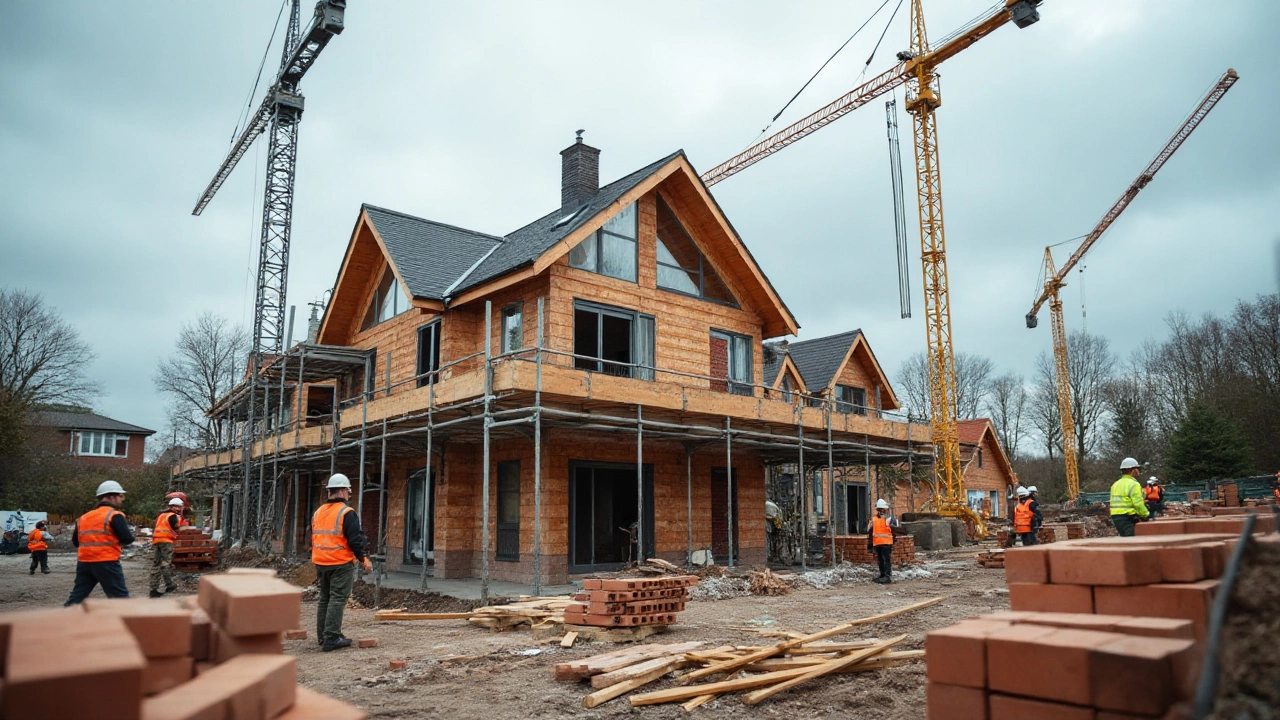Building Expenses: How to Budget Your Construction Projects
Whether you’re adding a new garage door, fixing a cracked foundation, or re‑roofing the house, money talks. Most people underestimate how fast costs add up, and that surprise can stall the whole project. Let’s break down the main cost areas and give you practical steps to keep the budget in check.
Key Cost Areas to Watch
The first thing to do is list every part of the job. Typical line items include:
- Materials: concrete, steel, wood, roofing sheets, doors, fittings.
- Labour: hourly rates for tradespeople, specialist crews, and any subcontractors.
- Permits & inspections: council fees, compliance checks, and any needed certifications.
- Equipment rental: diggers, scaffolding, lifts, or specialty tools.
- Unexpected issues: hidden water damage, structural problems, or weather‑related delays.
When you look at real examples – like a horizontal foundation crack repair that can cost a few thousand pounds, or a cheap roofing project that saves you hundreds – you’ll see how each line can swing the total up or down.
Tips to Keep Costs Under Control
1. Get several quotes. Ask at least three reputable companies for a breakdown. Compare not just the total price but how each quote treats materials versus labour.
2. Prioritise must‑haves. If the roof needs urgent repair, focus on that first and postpone cosmetic upgrades until you have cash left.
3. Buy materials yourself when possible. Purchasing roofing tiles, timber, or doors directly from suppliers can shave off the markup that contractors add.
4. Plan for a contingency. Set aside 10‑15% of the total budget for surprises. It sounds like a safety net, but it stops you from scrambling when a hidden pipe bursts under the foundation.
5. Use cost‑effective alternatives. For a roof, metal sheets or composite shingles often cost less than traditional slate but still last a long time. For a garage door, a solid steel door can be cheaper than a custom wood design while still offering good security.
6. Schedule wisely. Avoid peak seasons when tradespeople charge premium rates. Winter or early spring can be cheaper windows for non‑weather‑dependent work.
7. Stay involved. Regularly check progress, ask for updated cost sheets, and speak up if you see a change that wasn’t discussed. The more eyes on the project, the less chance of hidden fees.
By mapping out every expense, comparing quotes, and keeping a small buffer, you’ll avoid the “cost creep” that derails many home projects. Remember, the goal isn’t to cut corners on safety or quality – it’s to make smart choices that fit your wallet.
Ready to tackle your next build? Start with a simple spreadsheet, list the items above, and watch how the numbers line up. You’ll feel more in control, and your project will move forward without nasty financial surprises.

Understanding the Rising Costs of Building a Home
Dec 4, 2024, Posted by Damon Blackwood
Building a house has become increasingly expensive due to a combination of factors such as material costs, labor shortages, and regulatory requirements. Analyzing the intricate dynamics of the housing market provides insight into why these expenses continue to rise. This article seeks to demystify the complexities behind home construction costs while offering practical advice for those looking to build their dream homes. By understanding these challenges, prospective homeowners can better navigate the construction process. Delve into the reasons behind the financial burdens of building new homes.
MORESEARCH HERE
Categories
TAGS
- foundation repair
- commercial construction
- construction
- new builds
- home improvement
- home renovation
- bathroom renovation
- construction materials
- home foundation
- renovation tips
- residential construction
- building types
- contractor
- foundation cracks
- home construction
- architectural services
- building codes
- construction differences
- home inspection
- kitchen installation